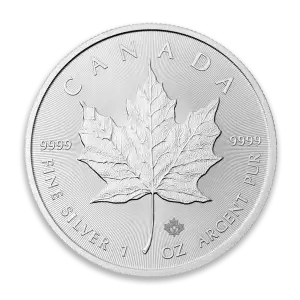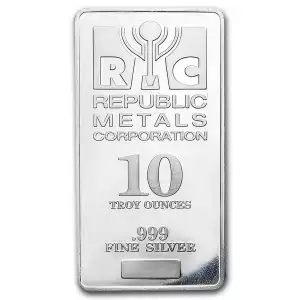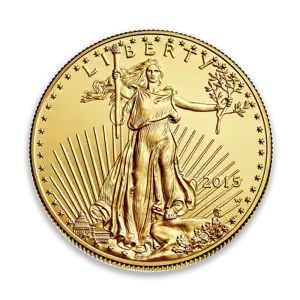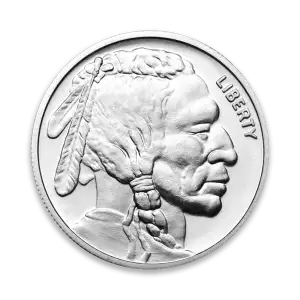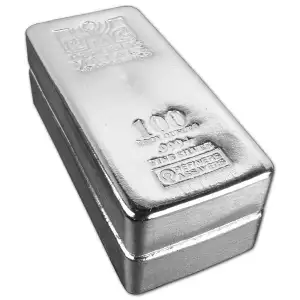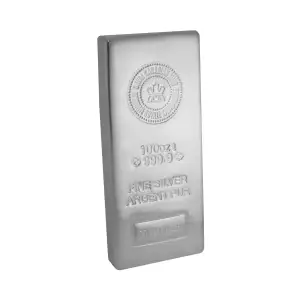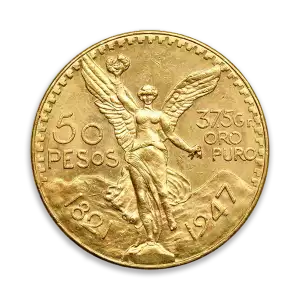The Future of Bullion, Bitcoin, and the U.S. Dollar: A Shifting Financial Landscape
Introduction: A Period of Monetary Transition
The global financial system is undergoing fundamental changes as inflation, debt levels, and geopolitical tensions challenge the dominance of traditional fiat currencies like the U.S. dollar (USD). At the same time, bullion (gold & silver), Bitcoin, and digital assets are playing an increasingly important role as alternative stores of value.
The future will likely be shaped by a struggle between centralization (USD, digital central bank currencies) and decentralization (gold, Bitcoin, and hard assets). Below is an analysis of the potential trajectory for each asset class.
1. The U.S. Dollar (USD): Still Dominant but Losing Ground
A. Why the USD Remains Strong (For Now)
✅ Liquidity & Global Trade Dominance – Over 50% of global trade is still conducted in USD, and most international debt is dollar-denominated.
✅ U.S. Military & Economic Power – The U.S. government has the largest military and financial system, reinforcing confidence in its currency.
✅ The Lack of a Strong Alternative – The euro, yuan, and BRICS currency efforts have not yet replaced the dollar in global finance.
B. Weaknesses of the USD: Long-Term Challenges
❌ High National Debt – The U.S. debt has surpassed $34 trillion, requiring continuous money printing to service it.
❌ De-dollarization Trends – Many countries (China, Russia, BRICS nations) are moving away from dollar-based trade to reduce dependency on the U.S.
❌ Inflation & Purchasing Power Decline – Over the past 50 years, the U.S. dollar has lost 97% of its purchasing power, making alternative assets more attractive.
C. The Future of the USD
The U.S. will likely try to sustain the dollar’s dominance through military, economic, and diplomatic influence, but its global role is slowly eroding.
The rise of digital currencies (CBDCs) will give governments more control but could also reduce trust in fiat money.
The USD may eventually lose reserve currency status, but this is a gradual process, not an overnight collapse.
2. Bullion (Gold & Silver): The Timeless Store of Value
A. Why Gold & Silver Are Strong
✅ Scarcity & Hard Asset Protection – Unlike fiat, gold cannot be printed, making it a true store of value.
✅ Central Banks Are Buying Gold – Countries like China, Russia, and India are accumulating gold to diversify away from the USD.
✅ Gold Protects Against Inflation – Historically, gold has retained purchasing power as fiat currencies lose value.
B. Weaknesses of Gold & Silver
❌ Lack of Digital Utility – Gold cannot be used for direct transactions in the digital economy without intermediaries.
❌ Government Confiscation Risk – In history (e.g., FDR’s 1933 Gold Confiscation), governments have seized gold during crises.
❌ Manipulated Paper Markets – The gold and silver price is controlled by COMEX paper trading, which can suppress real price discovery.
C. The Future of Gold & Silver
Gold will continue to rise as fiat devalues, with central banks and institutional investors increasing allocations.
Silver, being both a monetary metal and an industrial metal, will benefit from both monetary inflation and demand for renewable technologies.
If a monetary reset occurs, gold-backed financial systems could return, especially as a BRICS alternative to the U.S. dollar.
3. Bitcoin: The Digital Gold & Disruptor of Fiat
A. Why Bitcoin Is Strong
✅ Decentralized & Borderless – Unlike fiat or gold, Bitcoin is not controlled by any government and can be sent anywhere instantly.
✅ Fixed Supply (21 Million BTC) – Bitcoin has true scarcity, unlike inflationary fiat currencies.
✅ Growing Institutional & Retail Adoption – ETFs, corporate treasuries, and nation-state adoption (El Salvador, potentially BRICS) are increasing Bitcoin's role as an alternative asset.
B. Weaknesses of Bitcoin
❌ Volatility & Speculative Nature – Bitcoin's price fluctuates dramatically, making it harder for many to trust as a stable store of value.
❌ Government & Regulatory Risks – Governments may try to ban or restrict Bitcoin to protect their own fiat currencies.
❌ Energy Concerns – Bitcoin mining requires energy, which some critics argue could face regulatory pressure.
C. The Future of Bitcoin
If the USD continues to weaken, Bitcoin could serve as a parallel financial system for global transactions.
Bitcoin will not replace fiat entirely but may become a global reserve asset alongside gold.
Governments will either try to co-opt, regulate, or compete with Bitcoin, but it is unlikely to be eliminated.
4. What’s Next? A Multi-Asset Future
A. The Most Likely Scenario: A Blended Reserve System
The USD will remain dominant but weaken, with a slow de-dollarization process.
Gold will return as a central bank reserve in a multipolar financial system.
Bitcoin will coexist as a digital store of value, independent from government control.
A new form of "commodity-backed digital currencies" (CBDCs, BRICS gold-backed currency, stablecoins) could emerge.
B. Where to Position for the Future?
Gold for long-term wealth preservation (hedge against currency devaluation).
Bitcoin for financial independence (digital scarcity & decentralized transactions).
Some fiat for short-term liquidity, but with exposure to hard assets.
The next 10-20 years will reshape the global financial system, and those who understand bullion, Bitcoin, and fiat dynamics will be best positioned to protect and grow their wealth.

